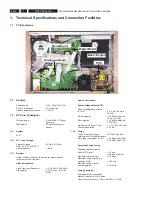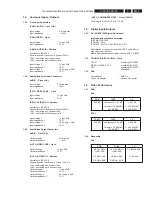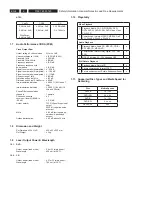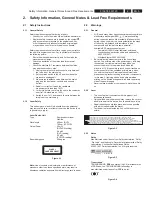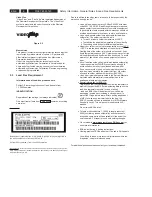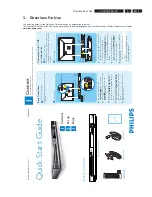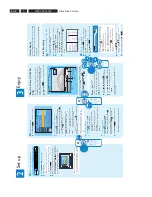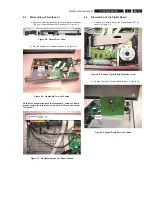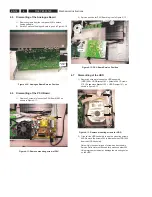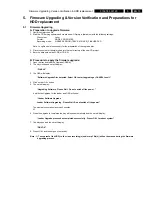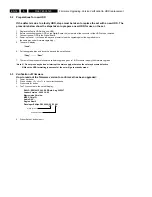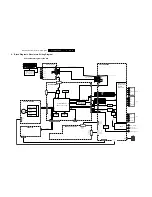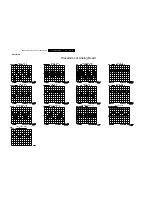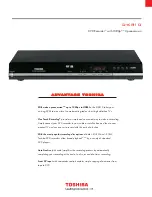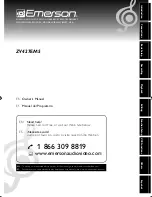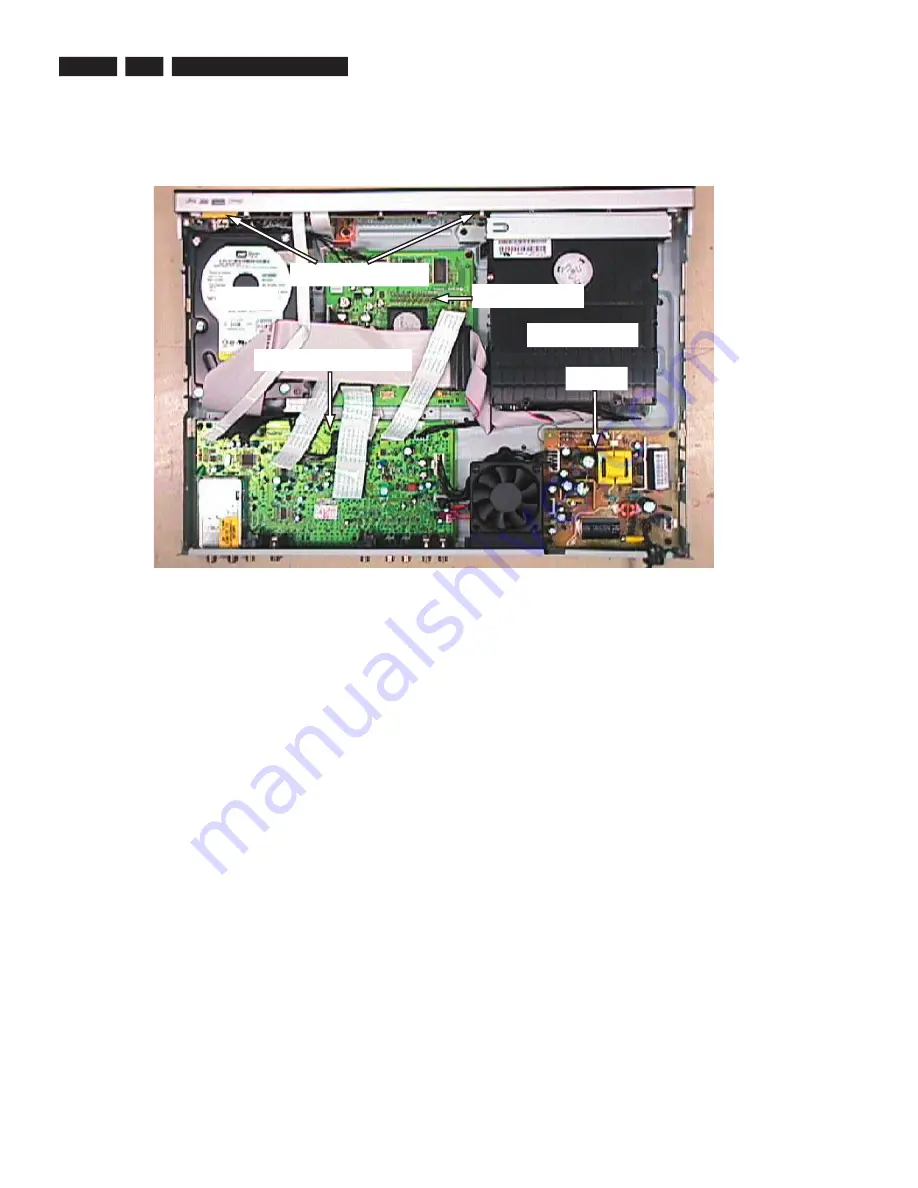
1. Technical Specifications and Connection Facilities
1.1 PCB Locations
1.2 General:
Power Supply
: 110V - 240V, 50~60Hz
Power Consumption
: 28 W (typical)
Standby power consumption
: < 3.0 W
1.3 RF Tuner (Analogue)
Test equipment
: Fluke 54200 TV Signal
generator
Test streams
: Philips Standard test
pattern
1.3.1 System
M, N
1.3.2 RF - Loop Through:
Frequency range
: 54 MHz - 810 MHz
Gain: (ANT IN - ANT OUT)
without amplifer
: > -6dB
1.3.3 Receiver:
Output of Cinch connector to be used for measurements
(direct output from front end)
Video Performance:
Video Frequency Response
: -1 ± 3 dB (0 to 3.58 MHz)
Group Delay
: 0 ± 150 n sec (0 to 3.58
MHz)
Audio Performance:
Audio analogue Mono/ BTSC
Frequency Response relative
to 1 kHz
: 0 ± 3 dB (100 Hz to
10 kHz)
S/N unweighted
: ≥ 40 dB (Quasi peak,
22 Hz – 22 kHz)
S/N weighted
: ≥ 45 dB (Quasi peak,
CCIR 468)
Harmonic distortion at 1 kHz
: ≤ 1.5 % (FM: ± 25 kHz)
Channel Separation
: ≥ 20 dB
1.3.4 Tuning
Tuning Frequency Range
: 55 MHz – 805 MHz
Antenna Level for 40dB luminance
S/N (video unweighted) at 75Ω : ≤ 40 dBμV (High End)
≤ 60 dBμV (Low End)
Automatic Search Tuning
Scanning time auto search
without RF Signal
: <2.5 min.
(Typical 3 minutes)
Stop level (vision carrier)
: ≥ 40 dBμV
Maximum tuning error during
operation (drift)
: ± 100 kHz
Maximum tuning error of a
recalled program
: ± 62.5 kHz
Tuning Principles:
Automatic system recognition
Manual Selection in “Store” mode
Direct channel access to “Off air” (A2-A69) or “Cable”
Digital Board
Analogue Board
PSU
Front Board
HDD
Basic Engine
EN 2
3139 785 33120
1.
Technical Specifications and Connection Facilities


